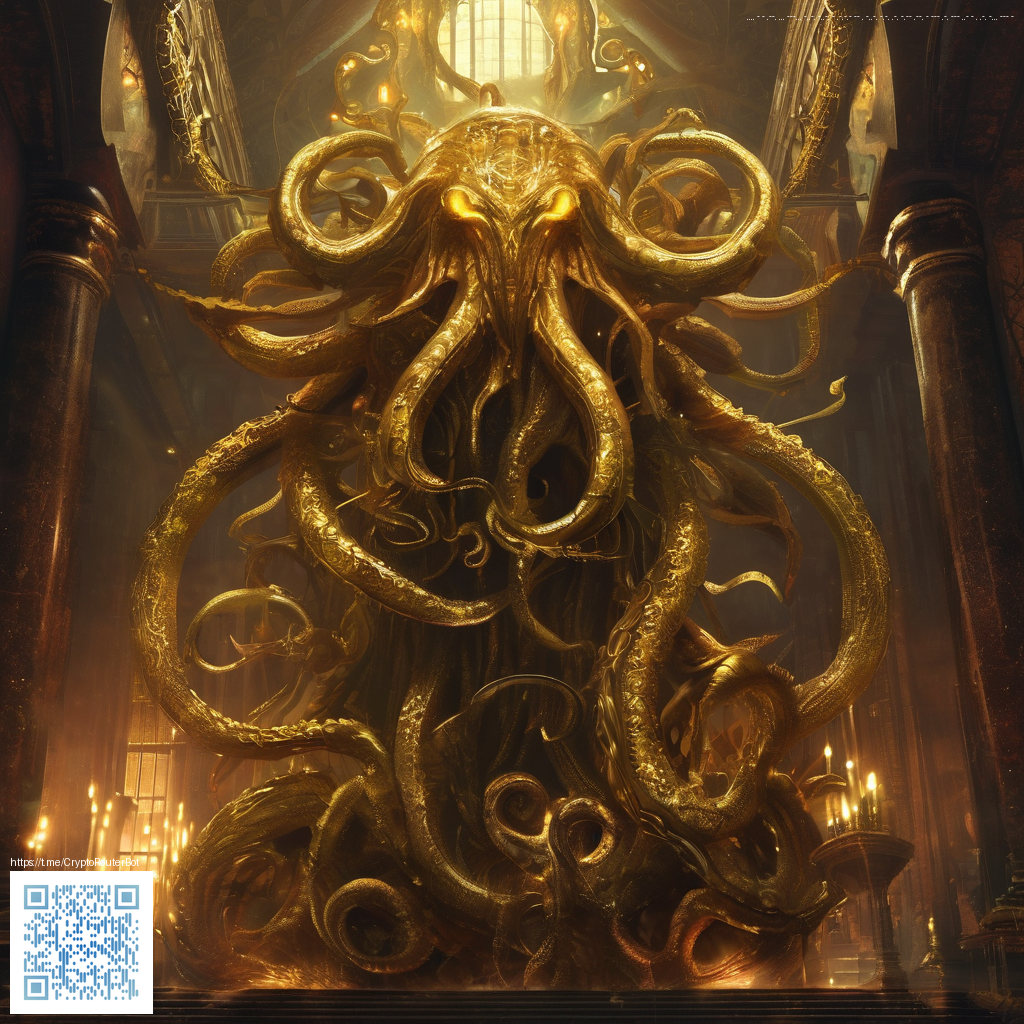
Crafting Aesthetic Wallpaper Templates for Beautiful Walls
Wall coverage is one of the most expressive design moves a space can make. A well-crafted wallpaper template sets the tone, governs how light dances across surfaces, and establishes a rhythm that guides furniture choices and decor. The craft lies in balancing scale, repetition, and color so that a pattern feels intentional rather than overwhelming. When you approach wallpaper templates with a designer’s mindset, you’re essentially composing a visual symphony that a room can play for years.
Core design principles to guide template creation
- Mood first: Decide whether the room should feel calm, energetic, or sophisticated. The mood will drive your pattern density and color direction.
- Palette as a backbone: Choose a base color and two complementary accents. The palette should harmonize with lighting and existing furnishings.
- Scale matters: Large rooms benefit from larger repeats; intimate spaces can accommodate tighter, more intricate motifs without feeling busy.
- Texture and depth: Layer subtle textures or simulated depth to avoid flatness, especially on matte or low-sheen wallpapers.
- Versatility through modularity: Create repeating blocks that can be mixed or matched, so users can customize without losing cohesion.
“A successful template is flexible enough to adapt to different rooms, yet specific enough to feel intentional.”
As you translate these principles into digital templates, you’re not just designing a pattern—you’re shaping experiences. Think about how your wallpaper will respond to different light conditions throughout the day and across seasons. A template that feels right in morning light should also hold its own under warm sunset tones or bright artificial illumination. The goal is a design that remains legible and appealing no matter where or when it’s viewed.
From pixels to walls: translating digital ideas into real-world spaces
Digital tools empower designers to experiment with color, repetition, and composition before committing to print. Mockups let you simulate wall coverage, test contrast, and gauge how a pattern repeats across large surfaces. When you design with this workflow, you reduce the risk of misalignment or color drift once the wallpaper is ordered and installed.
To explore the practical side of customizing surfaces and to see how bold patterns can be framed by high-contrast elements, you can reference tangible, print-ready examples on the market. For tangible inspiration in print-ready surfaces, consider how brands translate digital aesthetics into real products. The Neon Desk Mouse Pad product page showcases customization possibilities that echo the same principles you apply to wallpaper templates: clean lines, strong color blocks, and a one-sided print that emphasizes a focal style. You can view the product here: https://shopify.digital-vault.xyz/products/neon-desk-mouse-pad-customizable-one-sided-print-0-12in-thick. Another useful reference is a dedicated content page that curates visual samples and textures at https://coral-images.zero-static.xyz/f9d67287.html, offering a palette of ideas you can adapt to walls.
Incorporating these ideas into your workflow means starting with a broad concept and then narrowing it down through iterations. Create three to five palette explorations, each with a distinct mood. For each, sketch variations in tiling, border motifs, and scale. Export these as high-resolution patterns with transparent or matching backgrounds to simplify the testing process on different walls or surfaces. The result should be a toolkit you can apply across rooms, not just a single project.
Practical workflow for designers and DIY enthusiasts
- Define the room’s purpose and natural lighting conditions.
- Pick a color story that complements furniture and artwork.
- Design 2–4 tileable pattern options with distinct scales.
- Test patterns in digital mockups and real-world lighting scenarios.
- Prepare export-ready files with multiple repeats and color profiles for print.
Whether you’re crafting a feature wall in a living room or a dreamy backdrop for a creative studio, the secret is consistency. Your template should feel cohesive across walls, yet flexible enough to accommodate differences in room shape and sunlight. Document your decisions—palette, scale, and repeat logic—so future projects can benefit from the same structured approach.
For designers seeking a ready-made spark or a concrete example of the aesthetic direction, consider exploring tactile and digital parallels like the Neon Desk Mouse Pad project I mentioned earlier. It demonstrates how a single design language can translate across surfaces while preserving essential cues like color balance and crisp edge definition.